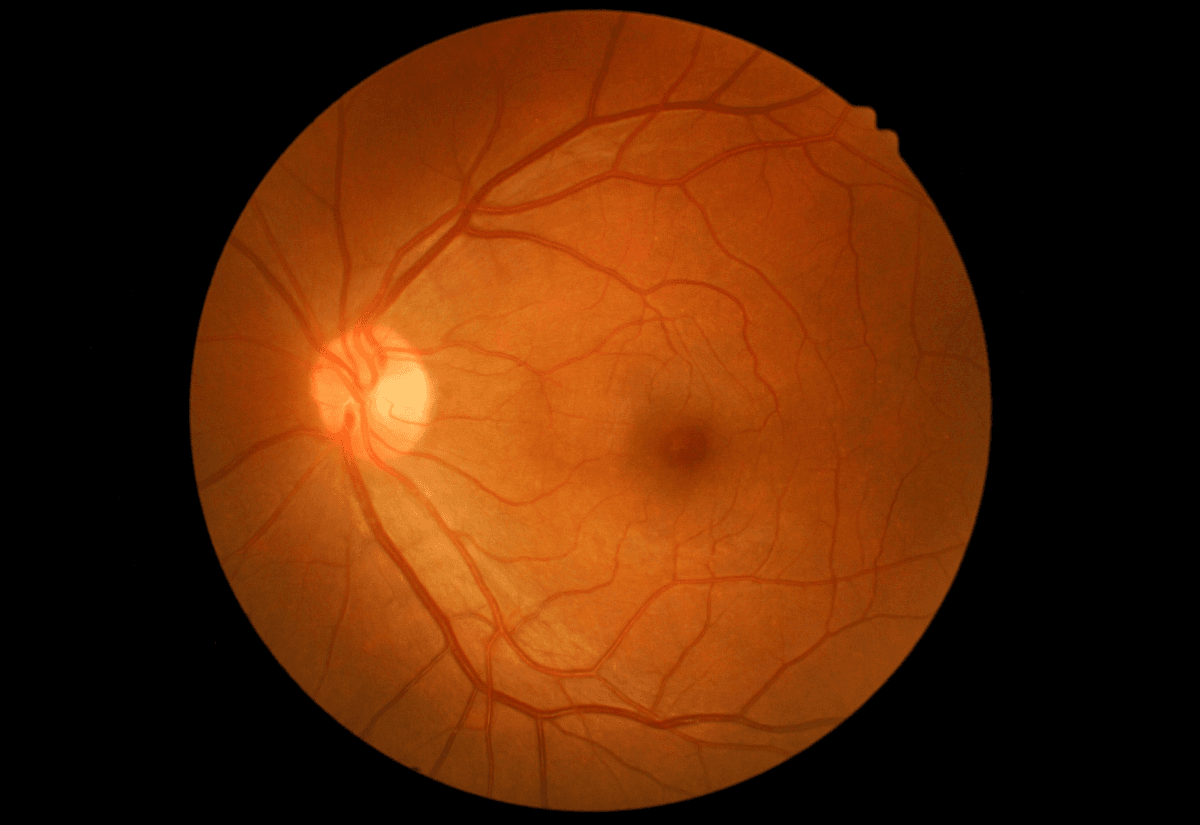
Researchers at the National Eye Institute (NEI) have found that the cells that make up the retinal pigment epithelium (RPE, cells in the retina that supports the photoreceptors) have 5 distinct subpopulations. This is a study that has not been done before. Finding out that there are 5 cell subpopulations allows researchers to understand how they can be affected by different retinal diseases. This is important because in the future it will allow the creation of more targeted therapies since it is known that changes in RPE cell activity can damage the photoreceptors. Thus, the impact on vision will be very different depending on which RPE population is affected and where these cells are located within the retina. In this work, scientists were able to show that these five subpopulations are arranged in circles around the center of the macula, which is the most light-sensitive area in the retina, and it is very likely that, depending on their location, they may have different functions, shapes and different numbers of neighboring cells.
What this means for Usher syndrome: By learning more about the different types of cells found in the retinal pigment epithelium (RPE), researchers will be able to see how different retinal diseases may affect different cell groups. These retinal diseases include degenerative eye diseases like retinitis pigmentosa. Researchers may be able to use this information to create more targeted therapies in the future for vision loss.







